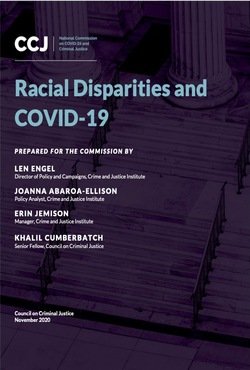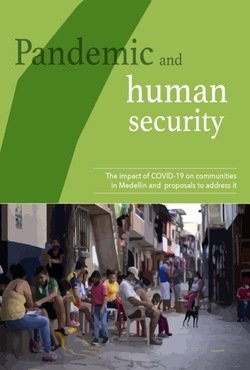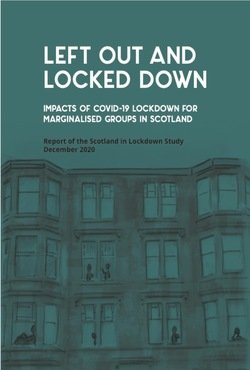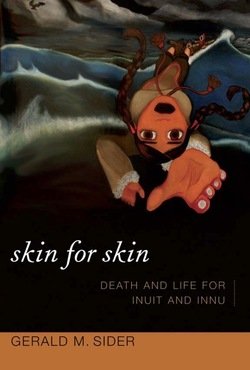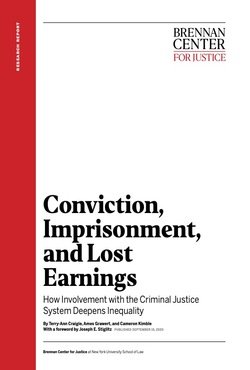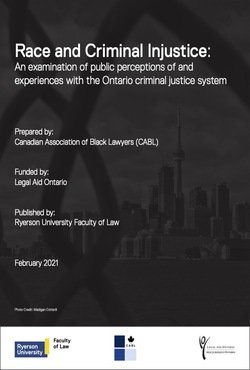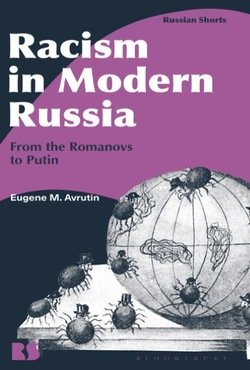By Dounia Mahlouly
Gathering empirical evidence from interviews and focus groups, this study highlights some of the ethical dilemmas faced by the academic community tasked with developing new methodological tools and conceptual frameworks for the study of violent online political extremism. At the same time, it examines how academics position themselves in relation to a broad range of non-academic stakeholders involved in the public debate about where violent extremism, terrorism and the Internet intersect. It argues that these external actors are introducing a multisectoral ‘market’ for research on online violent extremism, which creates both opportunities and limitations for the academic community. Finally, it analyses how academics from across a range of disciplines will be able to secure access to data and competitive research tools, while also engaging in a critical reflection about the ethical considerations at stake.
Dublin: VOX-Pol Network of Excellence, Dublin City University, 2019. 35p.





